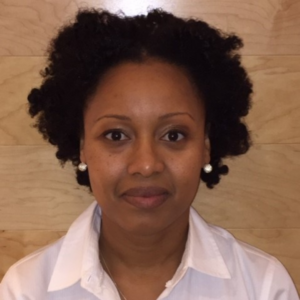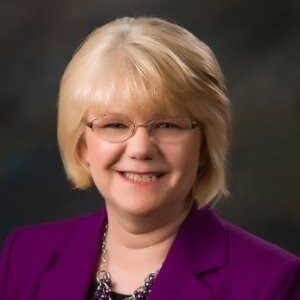Investigation triggers Medicare coding questions; suspicions of upcoding
Physicians and care professionals have gradually increased the billing of high-rate Medicare services, inflating charges by an estimated $11 billion over the past decade, according to an investigation by the Center for Public Integrity.
The center’s examination of Medicare billing records from 2001 and 2010 unearthed a host of “questionable” billing practices, including a steady increase in higher-cost services, a decrease in lower-cost services and odd discrepancies in billing practices by region, where “the most lucrative codes are billed two to three times more often in some cities than in others,” according to the study’s findings, published September 15.
Providers defend the higher billing codes, attributing them in part to senior care, saying that “[t]reating seniors has grown more complex and time-consuming, both due to new technology and declining health status,” the report notes.
But researchers find this hard to justify, as they write in the report: “Doctors steadily billed Medicare for longer and more complex office visits between 2001 and the end of the decade even though there’s little hard evidence they spent more time with patients or that their patients were sicker and required more complicated—and time-consuming—care,” the report notes. “The higher codes for routine office visits alone cost taxpayers an estimated $6.6 billion over the decade.”
Instead, the report indicates a probability of upcoding, or charging for a higher level of services than were delivered to the patient. The lowest office-visit billing code, for a simple visit that requires about five minutes of a provider’s time, receives a Medicare reimbursement of about $20. But the highest office-visit code, meant only for the most complex visits that require 40 minutes or more of provider time, receive a reimbursement of about $140.
The report writers admit that the billing problems may be partially attributed to the misaligned system that designed them. Princeton University health economist Uwe E. Reinhardt comments in the report that “government must be cautious to pay health professionals properly for their work, and that under the current coding system, fees often are too low, which in turn encourages higher coding.” Says Reinhardt: “If it is a dishonest payment system, doctors will be dishonest.”
Other findings from the investigation
Source: “Cracking the Codes,” Center for Public Integrity |
I Advance Senior Care is the industry-leading source for practical, in-depth, business-building, and resident care information for owners, executives, administrators, and directors of nursing at assisted living communities, skilled nursing facilities, post-acute facilities, and continuing care retirement communities. The I Advance Senior Care editorial team and industry experts provide market analysis, strategic direction, policy commentary, clinical best-practices, business management, and technology breakthroughs.
I Advance Senior Care is part of the Institute for the Advancement of Senior Care and published by Plain-English Health Care.
Related Articles
Topics: Medicare/Medicaid , Regulatory Compliance









